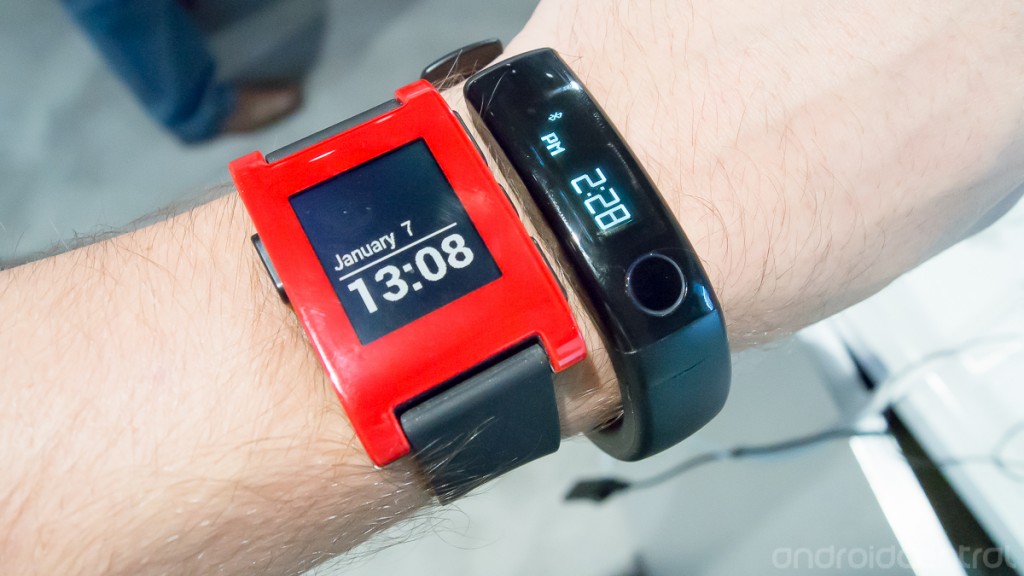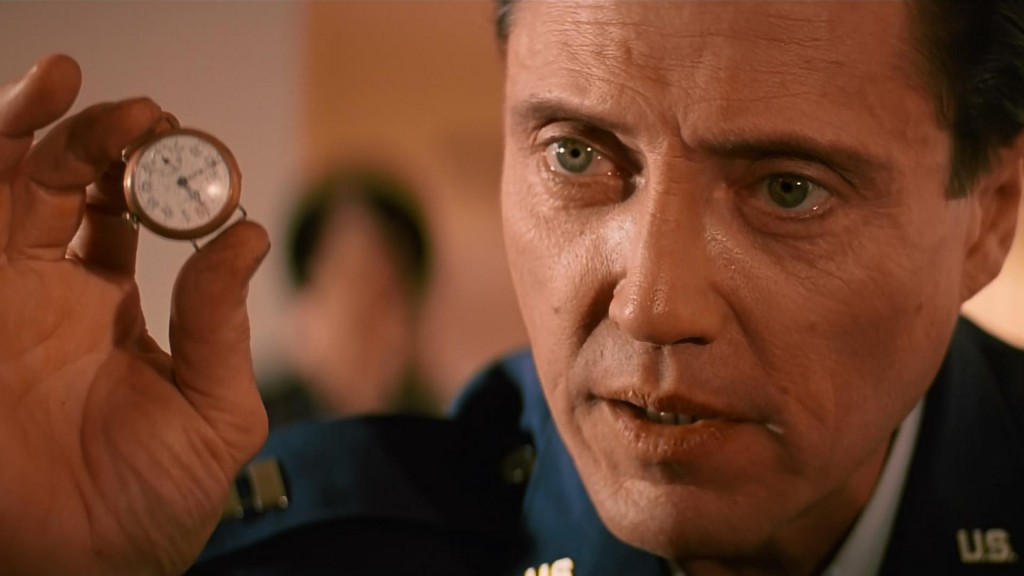Wearable technology is getting and better, but it’s hard to get people to adopt a device that lasts 2 years as a substitute for a device that lasts decades.

We live in an age where technology is challenging our conception of a traditional computing devices. Desktops, laptops, tablets, and smartphones are no longer sufficient to complete 100% of the tasks we want out of them, so we are seeing the emergence of the internet of things and wearables such as Google Glass, fitness trackers, and smartwatches.
This trend is embraced by some, but generally frowned on by most people. Similarly to the switch from “dumb” flip phones and bar phones to smartphones, most people–other than early adopters–tend to be skeptical of new technology.
Some manufacturers, specifically Samsung, attempted to tackle this skepticism head on by promoting the Galaxy Gear smartwatch and selling it in tandem with the Galaxy Note 3. While it did lead to the increased sale of units, a recent white paper from Endeavor Partners shows that one in ten Americans have purchased a wearable device (typically activity trackers), but half of them no longer use the device.
The paper also states that one-third of Americans that purchased a wearable had already ceased use before hitting the 6 month mark. One reason for the quick abandonment is the new product life-cycle. Most tech products are considered “outdated” after around 6 months. This isn’t normally a problem, because, although there are newer versions out there, the existing generation will function fine for around 24 months of use. The issue is that a product with the same life-cycle as other technological products was tied into fashion life-cycle.
The typical quartz watch will look great and maintain nearly perfect functionality for several decades. Many people wear watches that were handed down from their parents or grandparents, because the technology and function of a quartz watch don’t evolve (at least not at the rate of digital technology).
Nobody will think twice about wearing their Grandfather’s watch, because it still performs the same function it did when it was on his wrist. Flawlessly at that. Meanwhile, one-third of Americans are ditching their smart watches after 6 months, because their technology (and therefore their fashion) are now out of date. Even if a smartwatch is able to be built with a classic looking style and form factor, the hardware and software will soon be obsolete.
This makes wearables an extremely expensive choice. Most people don’t look at you too
funny if you have last year’s smartphone, because it’s a technological tool and it’s expected for it to be at least partially obsolete. Once you strap something like a smartwatch on your wrist, though, you are making a fashion statement. That means if your wearable is out of date, it is also out of style.
This suggests that the key to wearable technology isn’t necessarily the best hardware, or features, but the most simplicity. Because of this, something like the Pebble Steel will have a longer lifespan than say, the Exetech XS-3. It looks like Motorola is aiming for simplicity with the Moto 360, so hopefully we’ll see a new age of wearables that have a longer shelf life.
Source: The Guardian
Be social! Follow Walyou on Facebook and Twitter
Read more on Walyou, Android on the Verge of Getting a Major App Boost, Android Silver Could Unite Google Support Under One Roof











